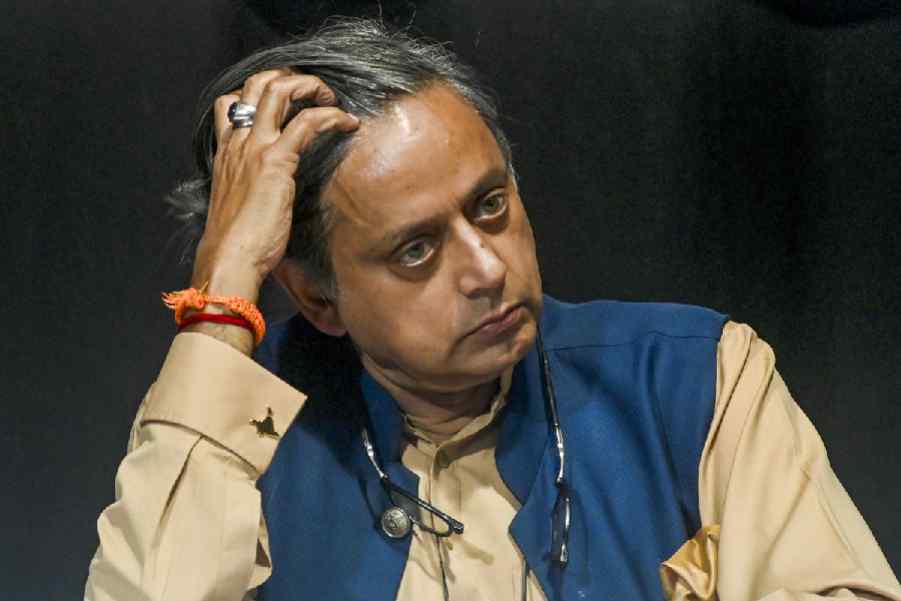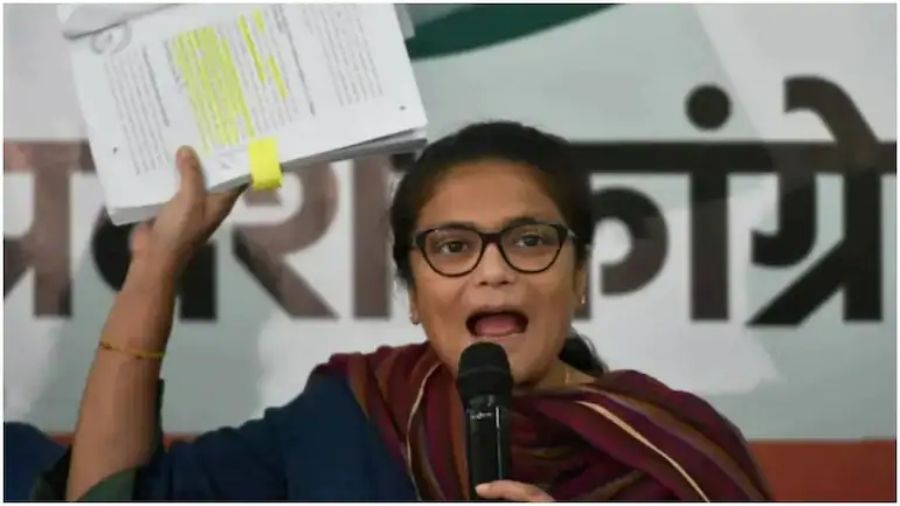 |
| End of innocence: The children who were rescued from zari workshops in Mumbai recently |
In the evenings, when children of his age are having the time of their lives in Delhi’s sundry entertainment parks, Saurabh can be seen peddling cold drinks in front of India Gate. Barely 15 years old, he has been doing that ever since he had to take upon himself the burden of repaying a loan that his father ? a daily wage earner ? had taken from a moneylender. The loan is about to be paid off, and Saurabh hopes he can resume his studies. If he hadn’t been forced to drop out of school, Saurabh says he would have been in Class XI.
Saurabh is not the only child who is deprived of a normal childhood in this country. According to the 2001 census by the Government of India, an estimated 17 million children sacrifice their childhood to earn a living. Child labour remains one of the biggest threats to minors who come from below the poverty line.
At a conference called by the NGO Child Relief and You (CRY) on the eve of World Anti-Child Labour Day on June 11, a group of working children assembled to present a charter of demands on behalf of millions of working children to officials from the ministry of labour. Drawn up by the children themselves, the charter comprised several key issues related to child labour that needed to be addressed.
Some of the issues highlighted in the charter included the demand for a separate ministry for Indian children; assuring suitable work for parents so that children need not give up their childhood to supplement family income; and raising the minimum employment age from 14 to 18. Above all, it demanded that the Child Labour Prohibition and Regulation Act, 1986, be implemented fully.
According to the 1986 Act, a child aged less than 14 is prohibited from being employed in hazardous manufacturing industries. “Nevertheless, thousands of children continue to be employed in glass, zari and carpet manufacturing sectors, all of which are hazardous to the health of children,” says social worker and activist Amarjeet Kaur.
Ashok Agarwal, a lawyer and advocate of children’s rights, explains why there is a discrepancy between legal formulations and practice. “The Constitution guarantees children their right to free and compulsory education up to 14 years of age,” he says. “What is implied here is a complete prohibition of child labour. But the 1986 Act, instead of preventing children from working at all, goes ahead to differentiate between right and wrong work. Which only means that child labour, on the whole, is not ruled out.” It’s in such ways that the 1986 Act becomes contradictory to the ideals laid down by the Constitution, says Agarwal.
The lawyer also points out other flaws in the law, which draw children into a vicious circle of labour. And he cites the example of children who, after being rescued from zari units in Mumbai earlier this month, fled from the remand home in which they were lodged. “The authorities free children from sweatshops only to try and send them back to their parents, without realising that family circumstances would make the children go back to a life of labour. A system of proper rehabilitation needs to be worked out, keeping these nuances in mind. Child labour needs to be addressed as a national issue,” he says.
What also needs to be taken note of are related factors that push children into labour, says Kaur. “Health concerns, for example, often lead a family into debt, forcing the children to work in order to pay off loans taken for medical purposes,” she says. “If doing away with child labour is the objective, then the government also needs to focus on the reasons which encourage child labour in the first place.”
The children’s charter urges the government to ensure that children be banned from any kind of employment, regardless of whether the work is hazardous or not. And their demand is justified, if Brian Heidel, India programme director, Save the Children, UK, is to be believed. “Domestic helps are one category of child workers who are nearly invisible and therefore vulnerable and prone to abuse and exploitation,” says Heidel.
Domestic employment may not be illegal going by the law, but has its evils nevertheless. “And it’s ingrained in our social system,” says Agarwal. “When even judges in our country employ children in their households, what can you say?”
To follow up the charter of demands, which was presented to government officials in a rather informal manner, activists say they would soon initiate formal procedures to bring about the changes. “There are several steps to be taken to that end, such as filing a public interest litigation,” says Bondata Dutta, director (North and East), CRY. “We have been working on them for some time now, and will be initiating the process soon.”
Gishan, another 15-year-old, doesn’t know if things would change for the better. But he hopes they will, and soon enough to free him from his daily grind at the car workshop. “I wanted to be a pilot,” he muses. At the moment, though, it seems to be a distant dream.











